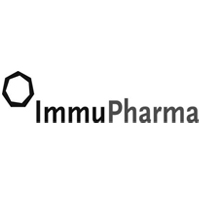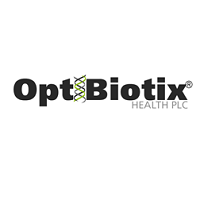Motif Bio plc (AIM:MTFB), the clinical stage biopharmaceutical company specialising in developing novel antibiotics, has told DirectorsTalk today that it has received written concurrence from the United States Food and Drug Administration (“FDA”) for an optimized fixed dose of iclaprim of 80mg for all patients except those with moderate hepatic impairment, regardless of bodyweight, in the Company’s proposed Phase III clinical trials for the treatment of acute bacterial skin and skin structure infections (“ABSSSI”). The fixed dose of iclaprim, together with the selected infusion time, optimizes pharmacodynamic parameters associated with antibacterial efficacy, while potentially minimizing safety events.
Iclaprim, a targeted spectrum antibiotic designed to be effective against multi-drug-resistant bacteria, including MRSA, will be tested in randomised, double blind, multicentre clinical trials to evaluate the efficacy and safety of intravenous iclaprim versus intravenous vancomycin in the treatment of ABSSSI. The iclaprim fixed dose regime can help reduce the time required for dosage adjustment or monitoring by healthcare professionals in renally impaired or obese patients, leading to reduced overall hospital treatment costs in these high risk patient populations. Studies have found that hospitalized patients with ABSSSI have a higher occurrence of obesity and renal impairment than in the general adult population. Obesity can affect the pharmacokinetics and pharmacodynamics of many drugs, including antimicrobial therapies, potentially leading to suboptimal drug concentrations in serum or tissue. Obese patients have been found to be at risk for clinical failure following inadequate dosing of antimicrobial therapy.
Dr. David Huang, Chief Medical Officer at Motif, said:”Concurrence from the FDA of the potential efficacy and safety benefits of this fixed dose regime is important for the iclaprim Phase III trials and, assuming approval, will offer clear benefits for practitioners and patients. The fixed dose regime should save significant time treating high risk patients where a rapid response is critical.”



